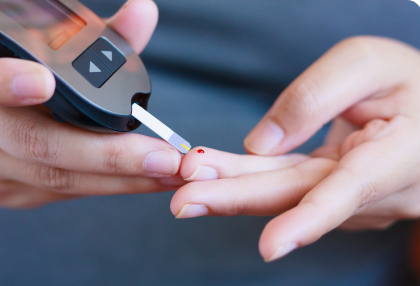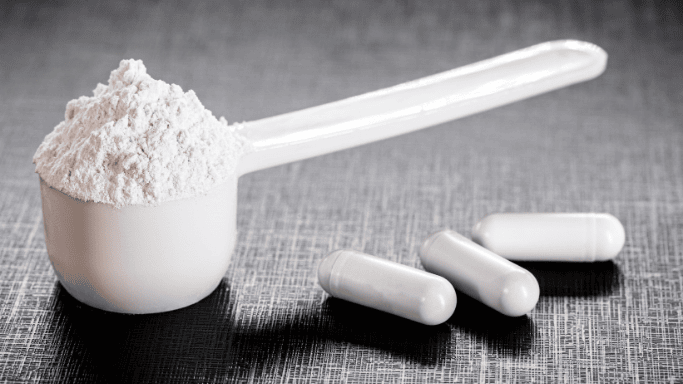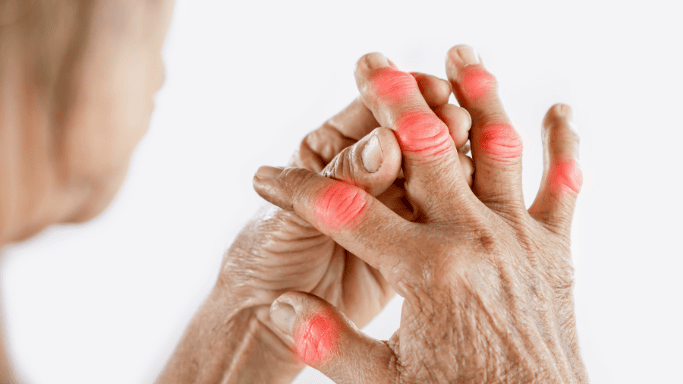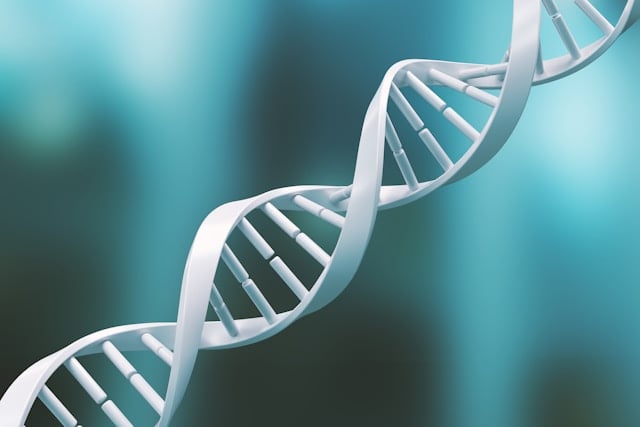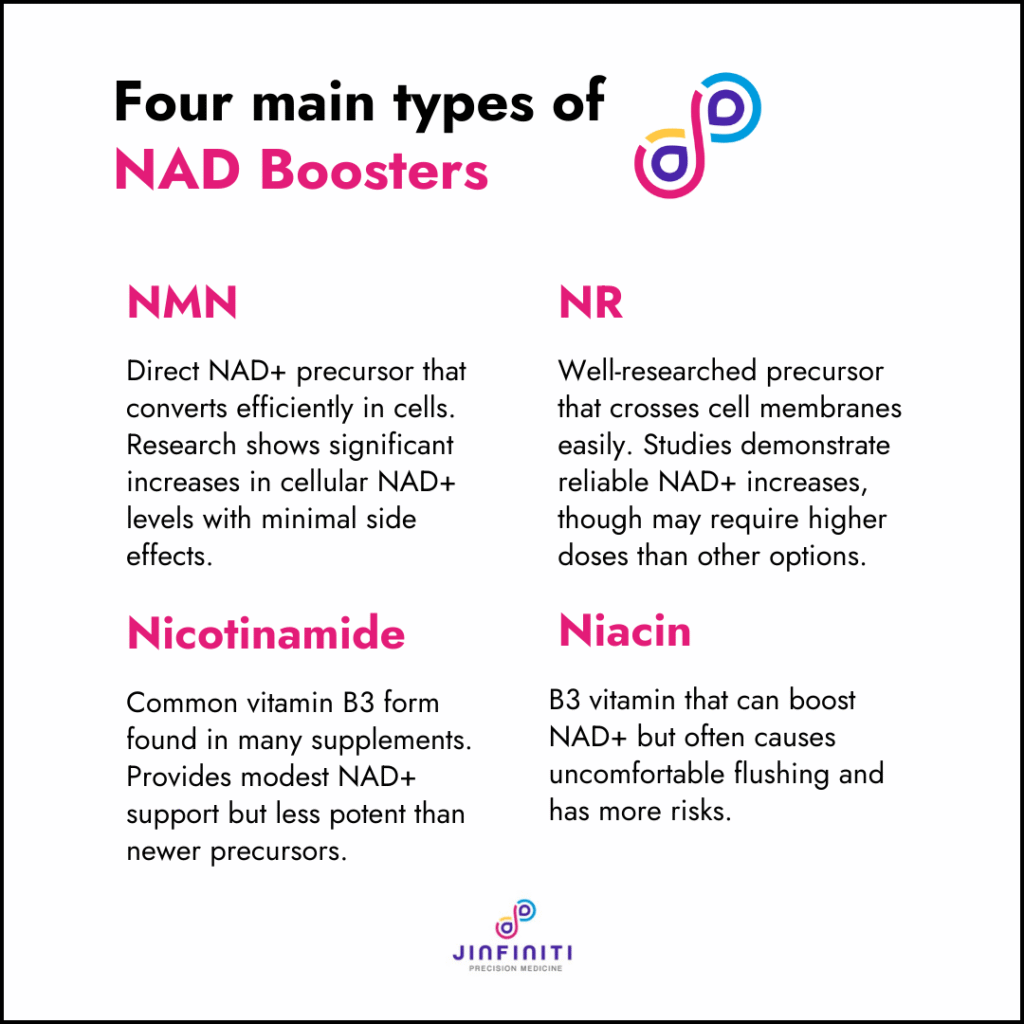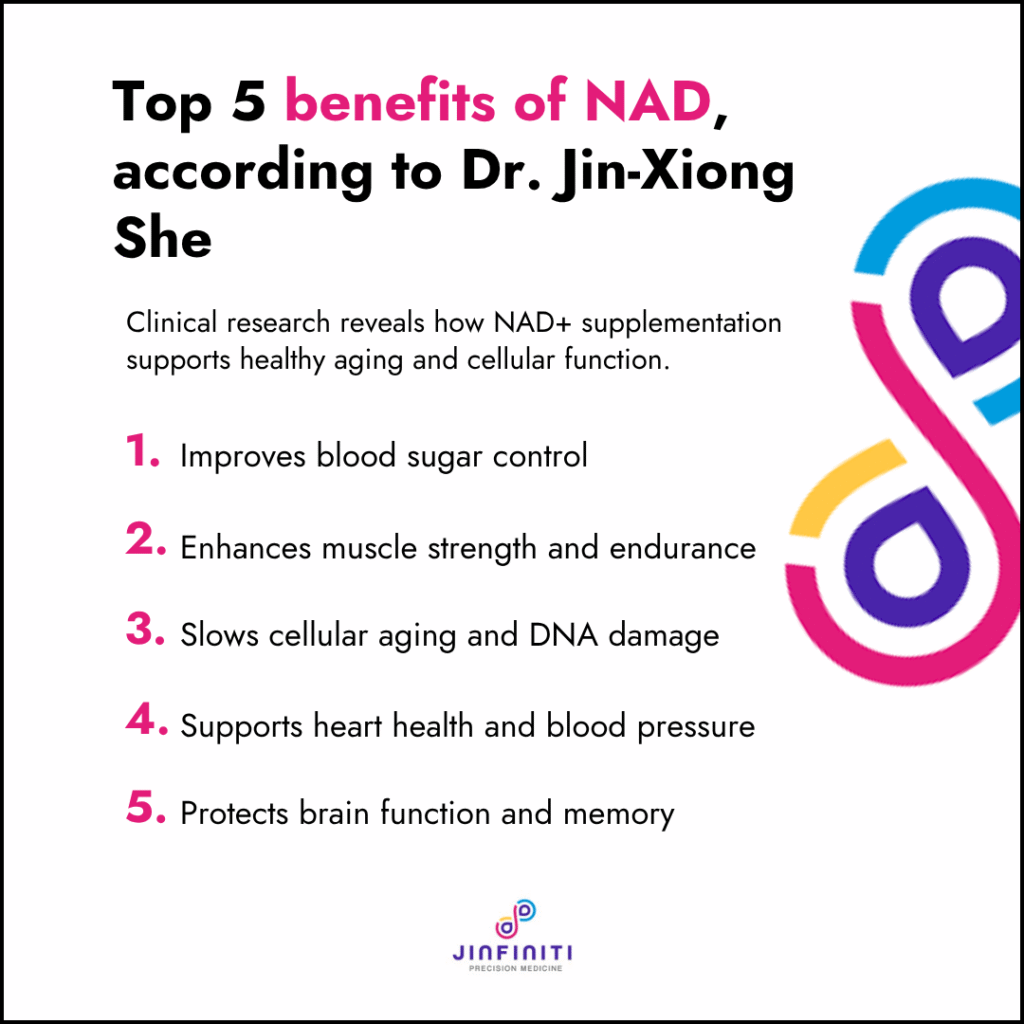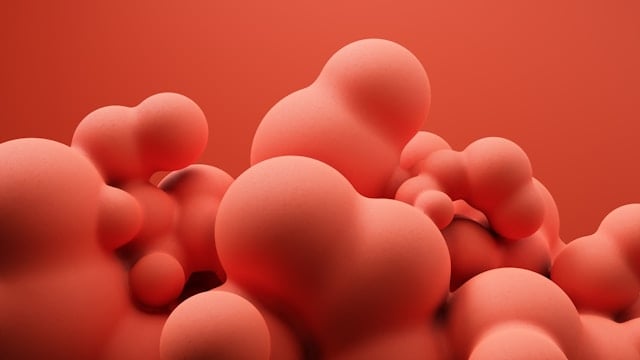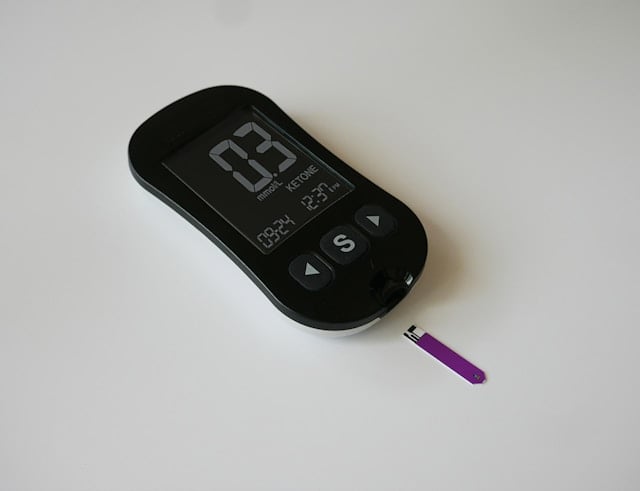Can Creatine Help with Fibromyalgia Symptoms?
Fibromyalgia hits hard: widespread pain, bone-deep fatigue, a host of other symptoms that turn ordinary living into a struggle.
If you’re searching for new ways to manage your symptoms, you might be wondering about creatine supplements.
New research suggests creatine shows real promise for folks with fibromyalgia. No, it’s not a cure, but the evidence leans toward tangible improvements in muscle strength and possibly more.
Key Takeaways
- Muscle strength improved by 80% in fibromyalgia patients taking creatine supplements
- Cellular energy problems are a root cause of many fibromyalgia symptoms
- Safe and well-tolerated with minimal side effects in clinical studies
- Works best as part of a comprehensive fibromyalgia management plan
Understanding Fibromyalgia and Energy Problems
To understand why creatine might help, you need to know what’s happening inside your cells when you have fibromyalgia.
What Makes Fibromyalgia Different
Fibromyalgia changes how your cells turn fuel into power. It’s a deeper exhaustion than everyday weariness.
Studies reveal serious faults in the energy processing of fibromyalgia patients. Their cells literally can’t crank out the juice they need to keep things running.
Researchers found less ATP and phosphorylcreatine in their muscles compared to people without the condition.1 ATP is the cell’s main power unit; phosphorylcreatine is the backup that recharges it.

The Energy Crisis in Your Cells
Brain scans from magnetic resonance spectroscopy tell us something vital about fibromyalgia: people with it have less phosphorylcreatine compared to total creatine in critical brain regions.2
We’re talking about areas like the anterior cingulate cortex and the right insula, places key to how we handle pain and our feelings.
And it’s not just the brain. The body’s energy problem runs deeper. Even blood platelets show much lower ATP, signaling that this cellular energy shortfall affects you from head to toe.
| Energy Markers in Fibromyalgia | Compared to Healthy People |
|---|---|
| Muscle ATP levels | Significantly reduced |
| Muscle phosphorylcreatine | Significantly reduced |
| Platelet ATP levels | Significantly lower |
| Brain phosphorylcreatine | Lower in key regions |
How Creatine Helps Fibromyalgia

The research shows creatine can address some of the core energy problems that drive fibromyalgia symptoms.
Muscle Function Improvements
The best evidence for creatine in fibromyalgia points to muscle performance. A 16-week randomized trial involving patients with fibromyalgia showed impressive findings.3
Participants who took creatine supplements showed an 80.3% increase in their intramuscular phosphorylcreatine. The group on placebo actually experienced a 2.7% decrease.
More importantly, these energy improvements translated into real-world benefits:
- Muscle strength increased in both lower and upper body exercises
- Isometric strength improved by 6.4% compared to a 3.2% decrease in the placebo group
- No significant side effects were reported during the study period
No notable side effects were reported during the study. This is vital. Muscle weakness and poor physical function plague fibromyalgia patients.
Bonus Read: Understanding how creatine and ATP work together can help explain why these improvements occur.
Beyond Muscle Strength
While the controlled trial focused mainly on muscle function in fibromyalgia, other research suggests broader benefits. An earlier study with 30 fibromyalgia patients showed more comprehensive improvements.4
After 8 weeks of creatine supplementation, participants experienced significant improvements in:
- Parameters reflecting overall fibromyalgia severity
- Quality of life measures
- Sleep quality scores
- Disability ratings
- Pain levels
The catch? These improvements faded 4 weeks after stopping creatine therapy. This suggests that continuous supplementation may be necessary for sustained benefits.
What the Research Shows

Several studies have examined how creatine affects fibromyalgia symptoms, with encouraging results.
Clinical Trial Results
The evidence base for creatine in fibromyalgia is still growing, but the results are encouraging. The randomized, double-blind, placebo-controlled studies represent the gold standard of medical research.
In the most rigorous study, researchers found that while muscle function improved significantly, changes in other fibromyalgia features like pain and cognitive function were minimal. This suggests creatine may be most helpful for the physical aspects of the condition.
A case report involving a patient with PTSD, depression, and fibromyalgia showed improvement in both mood and fibromyalgia symptoms after taking creatine monohydrate.5
Real-World Benefits
The research suggests that creatine works through several mechanisms to help fibromyalgia symptoms:
- Energy Production Support: Creatine serves as an alternative energy source for your mitochondria. It helps recycle ADP back into ATP, giving your cells more usable energy for both anaerobic and aerobic activities.
- Muscle Function Enhancement: By increasing phosphorylcreatine stores in muscles, creatine supplementation can improve muscle strength and endurance.
- Potential Pain Relief: Research indicates that creatine has analgesic potential and may affect inflammation-based pain perception.6
Taking Creatine Monohydrate for Fibromyalgia

If you’re ready to try creatine, here’s what the research tells us about effective dosing and safety.
Dosing Guidelines
Based on the available research, effective dosing protocols typically follow this pattern:
| Phase | Dosage | Duration | Notes |
|---|---|---|---|
| Loading | 20g daily | 1 week | Divide into 4 equal doses |
| Maintenance | 3-5g daily | Ongoing | Single daily dose |
Some studies have used variations of this protocol, with doses ranging from 4-20 grams per day. Higher doses generally appear to produce better results, though individual responses vary significantly.
If you’re new to creatine supplementation, our creatine starter guide provides detailed information about loading phases and timing.
Safety Considerations
Creatine has an excellent safety profile, particularly in women. A comprehensive systematic review found no mortality or serious adverse events associated with creatine monohydrate supplementation.
The most commonly reported side effects are mild gastrointestinal symptoms. You can often manage these by:
- Taking doses with food
- Splitting larger doses throughout the day
- Staying well hydrated
- Starting with lower doses and gradually increasing
People with kidney disease should consult their healthcare provider before using creatine supplements, as they can temporarily increase serum creatinine levels.
For those over 40, our guide on creatine for older adults addresses specific safety considerations for this age group.
Getting Started with Creatine

If you’re considering creatine for fibromyalgia management, it’s important to have realistic expectations. The research shows it may help with muscle function and potentially some other symptoms, but it’s not a complete solution.
Consider creatine as part of a complete approach that includes regular exercise, stress management, and other evidence-based treatments. Many people find that combining creatine with other energy-supporting supplements provides better results.
Jinfiniti’s Creatine + ATP offers a targeted approach by combining creatine monohydrate with disodium ATP. This formulation provides both the building blocks and the end product your cells need for ideal energy production.
For broader cellular energy support, consider Jinfiniti’s Vitality NAD+ Booster. Since fibromyalgia involves widespread cellular energy dysfunction, supporting multiple energy pathways may provide more complete benefits.
If you’re dealing with chronic fatigue alongside fibromyalgia, our article on chronic fatigue supplements explores additional options that may work well with creatine.
The mitochondrial dysfunction seen in fibromyalgia suggests that full mitochondrial support might be beneficial. Our guide to mitochondrial health supplements can help you understand how different nutrients work together to support cellular energy production.
While the research on creatine for fibromyalgia is promising, remember that individual responses can vary a lot. What works well for one person may not work the same way for another.
Working with a healthcare provider familiar with both fibromyalgia and nutritional supplementation can help you develop the most effective approach for your specific situation.
The key is patience and consistency. The benefits of creatine supplementation often take several weeks to become apparent, and stopping supplementation may cause improvements to fade.
If you decide to try creatine, give it at least 8-12 weeks to assess its effects on your symptoms.
Referenced Sources:
- https://pubmed.ncbi.nlm.nih.gov/23554283/ ↩︎
- https://journals.sagepub.com/doi/10.1177/17448069211012833 ↩︎
- https://pubmed.ncbi.nlm.nih.gov/23554283/ ↩︎
- https://pubmed.ncbi.nlm.nih.gov/19758235/ ↩︎
- https://psychiatryonline.org/doi/10.1176/ajp.2006.163.10.1840b ↩︎
- https://journals.sagepub.com/doi/10.1177/17448069211012833 ↩︎



